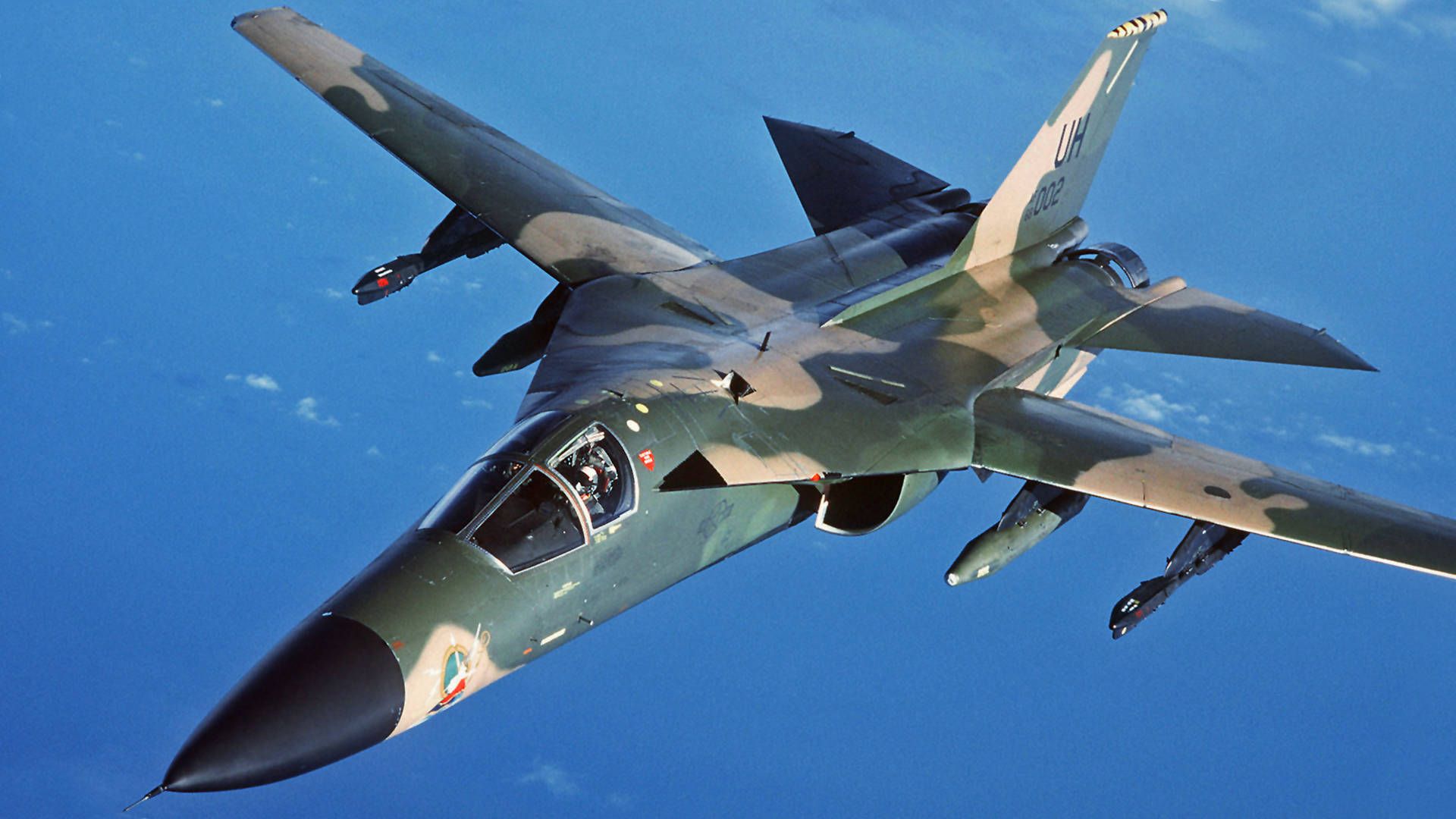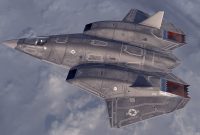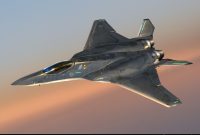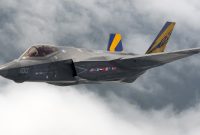In the realm of military aviation, the General Dynamics F-111 Aardvark stands out not only for its groundbreaking design but also for its commitment to enhancing the safety of its crew. A significant milestone in aviation history was achieved when the F-111 replaced traditional ejection seats with a revolutionary crew escape module, marking a transformative shift in the approach to pilot safety.
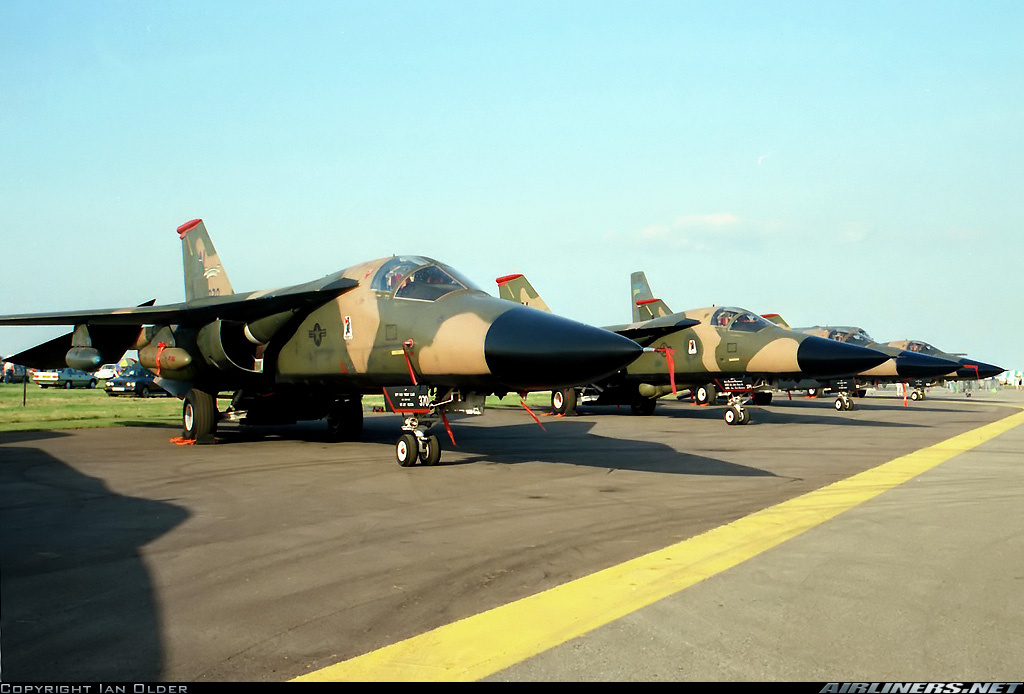
A Paradigm Shift in Safety:
The decision to replace conventional ejection seats with a crew escape module in the F-111 represented a paradigm shift in aircraft safety. The ejection seat, while effective in certain scenarios, had limitations, especially in high-speed, low-altitude emergencies. Recognizing the need for a more comprehensive solution, General Dynamics sought to develop a system that could better protect aircrews across a broader range of operational conditions.
The Crew Escape Module Innovation: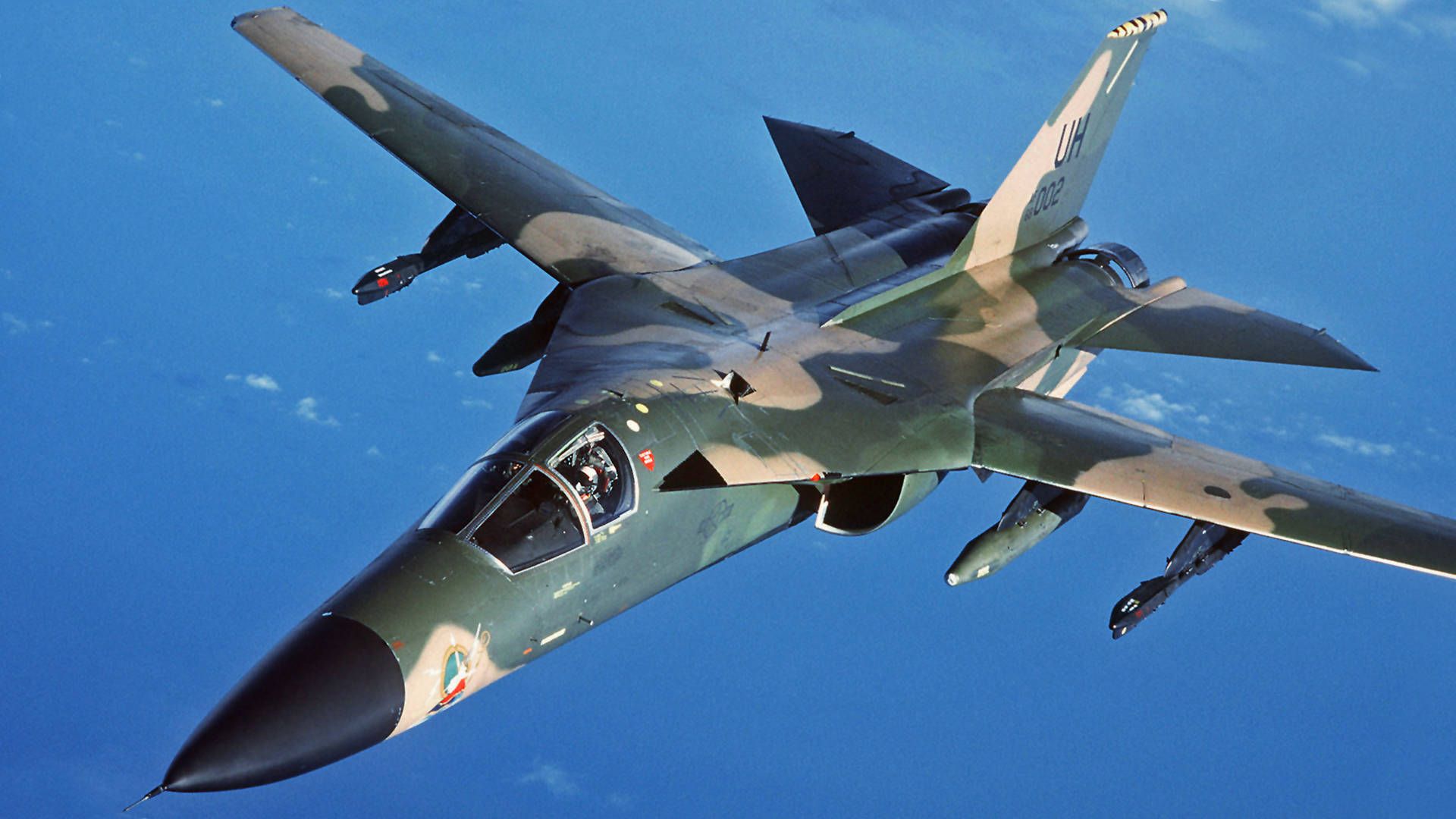
The crew escape module introduced in the F-111 was a pioneering safety feature that encapsulated both the pilot and the weapon systems officer in a protective capsule. This module was designed to provide a controlled and secure environment during emergency egress, minimizing the risks associated with high-speed ejections. The module incorporated advanced technology to ensure a safe separation from the aircraft and a controlled descent to the ground or water surface.
Enhanced Survival Rates: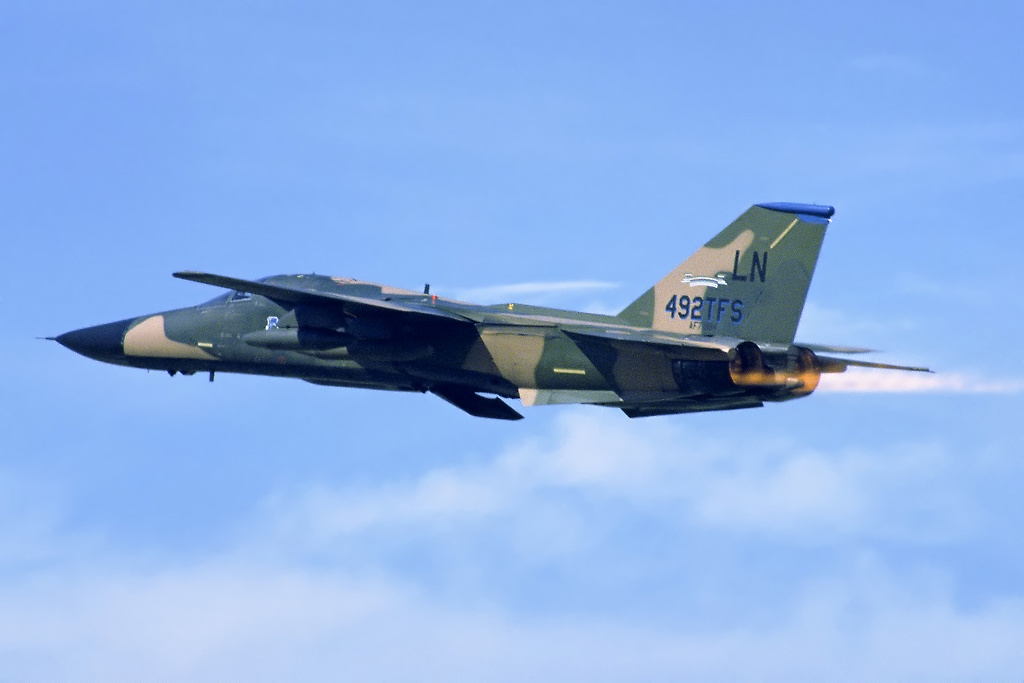
The introduction of the crew escape module significantly enhanced the survival rates of aircrews in emergency situations. Unlike traditional ejection seats, which posed challenges in certain flight profiles, the escape module offered a more controlled and reliable means of evacuation. This innovation was particularly crucial for an aircraft like the F-111, known for its versatility and ability to operate in diverse environments.
Versatility in Operational Environments:
The F-111’s crew escape module demo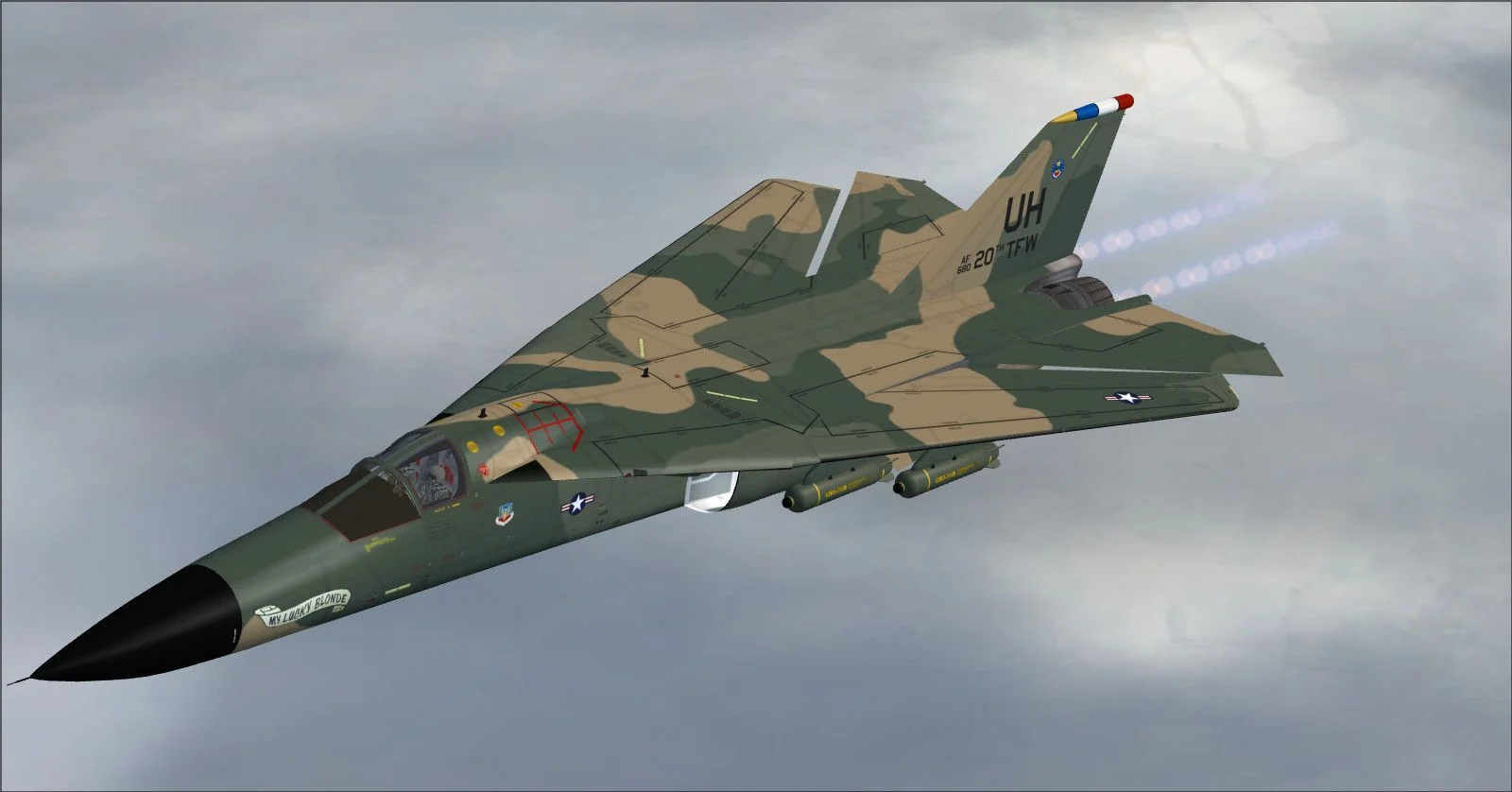 strated its effectiveness in various operational environments. Whether flying at low altitudes during a mission or facing unexpected emergencies, the module provided a level of safety that surpassed the capabilities of traditional ejection seats. This adaptability made the F-111 a preferred choice for air forces operating in diverse theaters of operation.
strated its effectiveness in various operational environments. Whether flying at low altitudes during a mission or facing unexpected emergencies, the module provided a level of safety that surpassed the capabilities of traditional ejection seats. This adaptability made the F-111 a preferred choice for air forces operating in diverse theaters of operation.
Challenges and Lessons Learned:
While the crew escape module represented a leap forward in aviation safety, its integration into the F-111 was not without challenges. The technology required meticulous testing and refinement to ensure its reliability in real-world scenarios. The lessons learned from this process not only improved the F-111’s safety features but also influenced the development of subsequent aircraft and escape systems.
Legacy and Continued Innovation: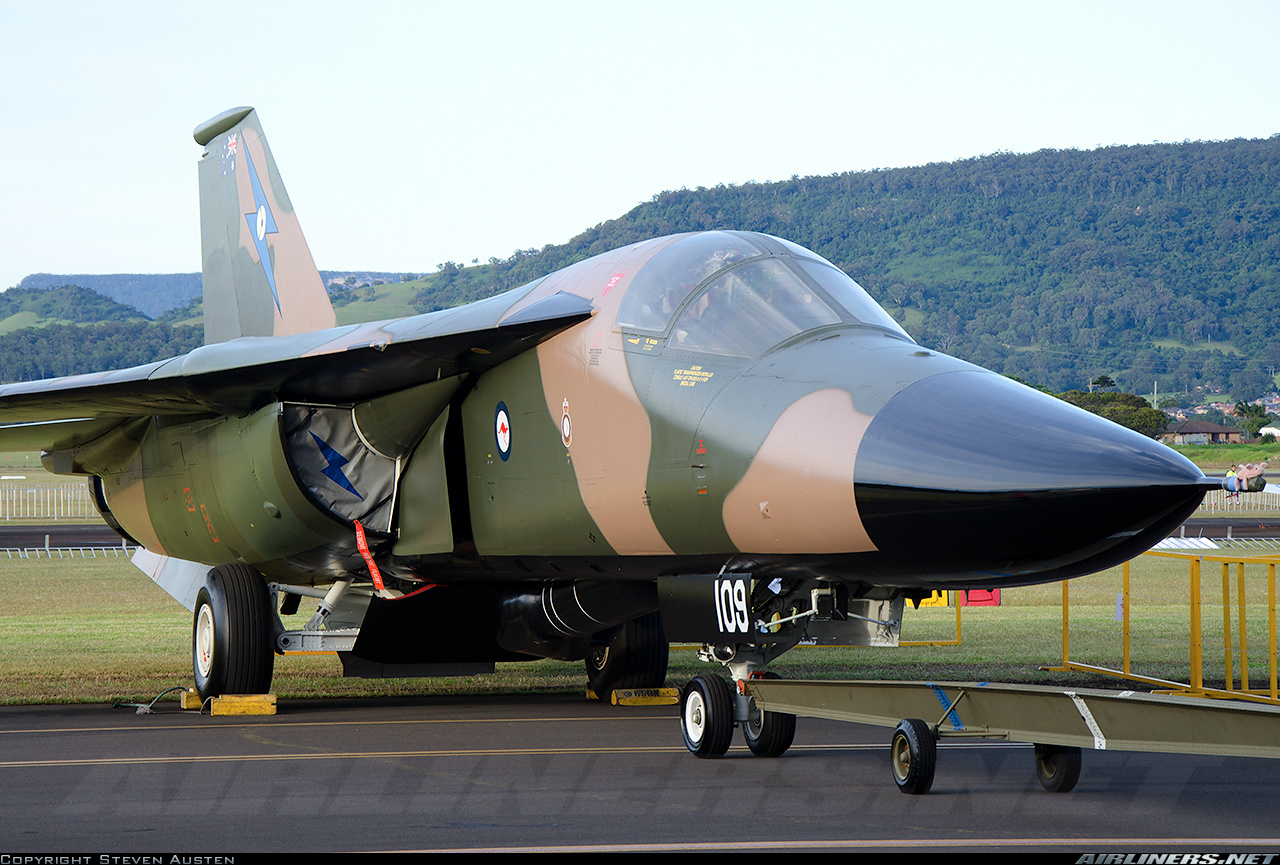
The legacy of the F-111’s crew escape module lives on in modern military aircraft design. The lessons learned from this innovation continue to shape the development of safety systems, emphasizing the importance of comprehensive solutions for aircrew protection. As aviation technology evolves, the commitment to enhancing safety remains a constant, with the F-111 standing as a milestone in this ongoing journey.
Conclusion:
The General Dynamics F-111 Aardvark’s transition from ejection seats to a crew escape module marked a pivotal moment in the pursuit of aircrew safety. The innovative approach to addressing the limitations of traditional ejection seats showcased the industry’s commitment to advancing safety standards. The F-111’s legacy endures not only in its operational contributions but also in its role as a trailblazer in ensuring the well-being of those who navigate the skies in service to their nations.

